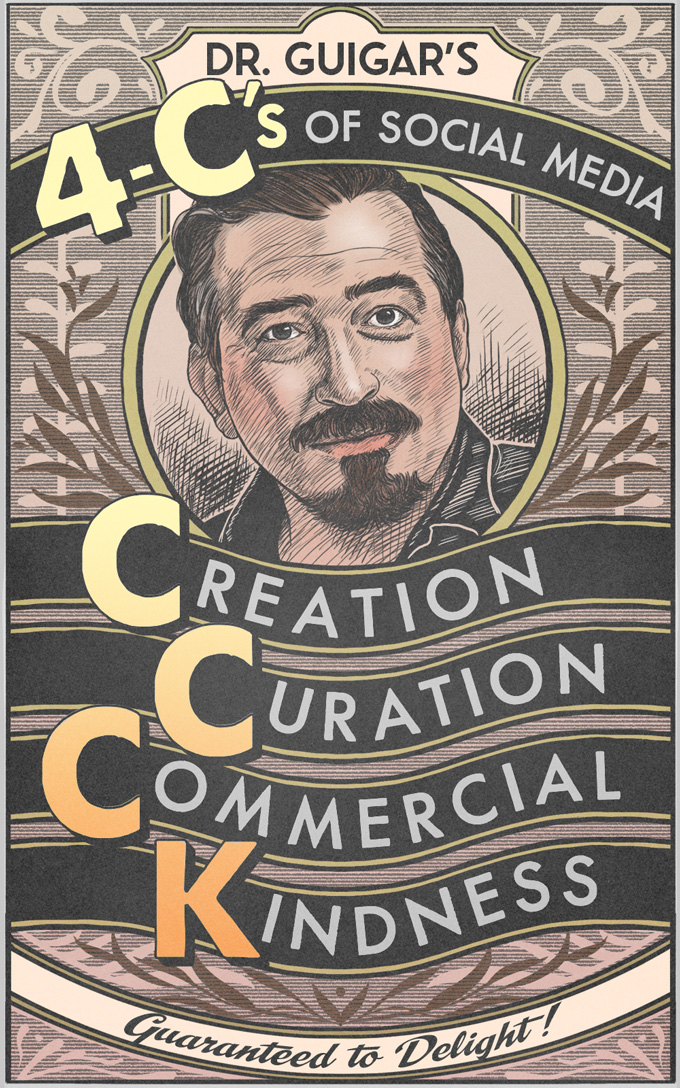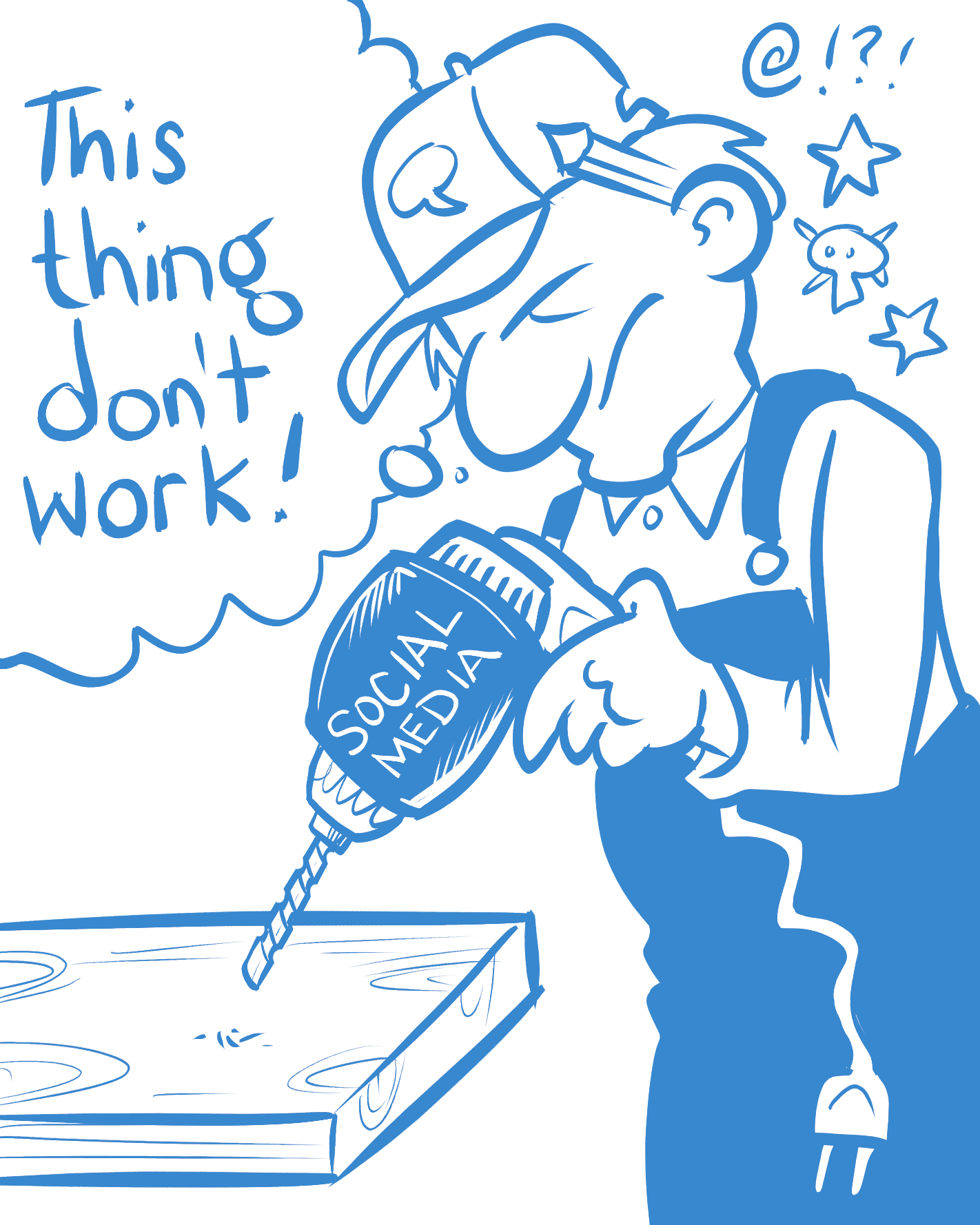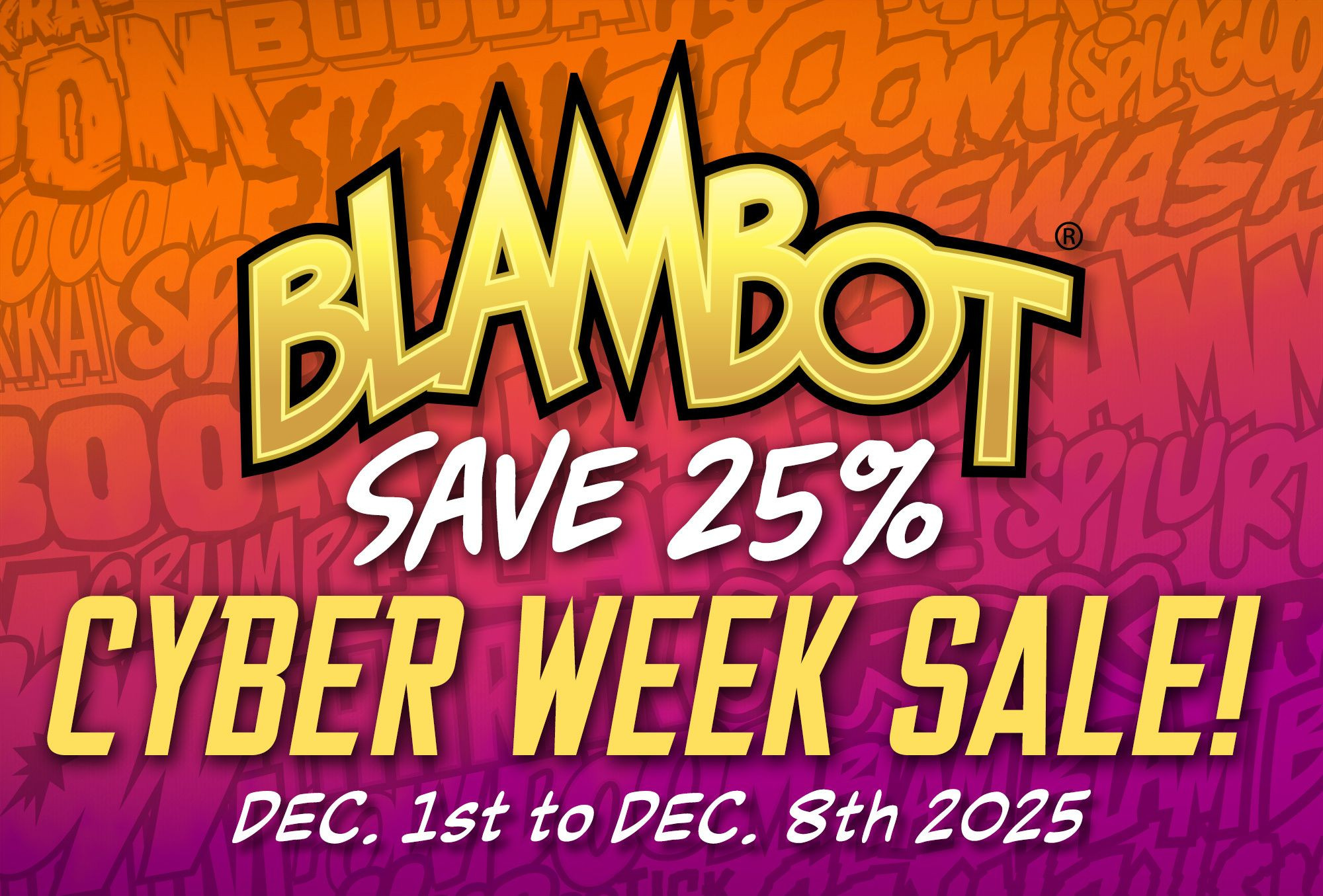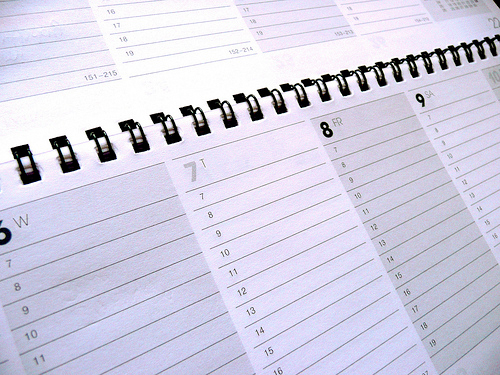ComicLab Ep 230 — “I can’t make time for Patreon rewards!”
Cartoonists Brad Guigar and Dave Kellett talk about what to do when you just can’t make time to create Patreon rewards.
ON THIS WEEK’S SHOW…
- Can’t make time for Patreon rewards?
- Avoiding overdrawing
- Update: Pineapple juice
- Update: Elon Musk’s plan to buy Twitter
- Update: Managing an email newsletter
- Reruns on social media
- “When do I need a website?”














